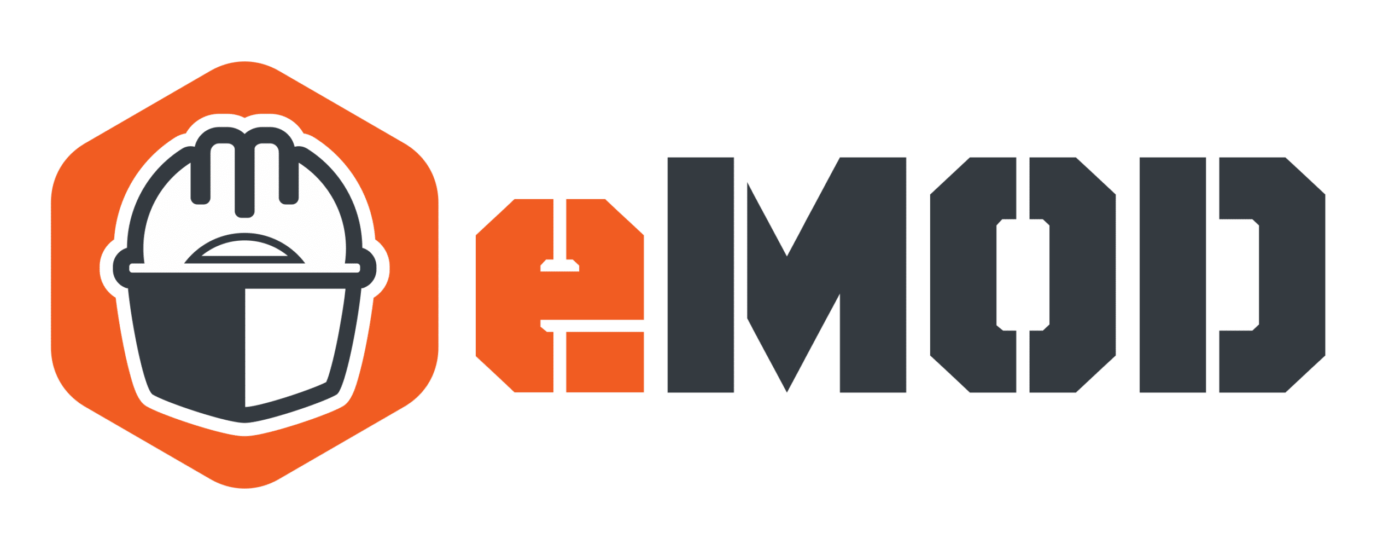
Many organizations have an environmental health and safety (EHS) department in place. This department is dedicated solely to environmental protections, occupational health and safety, and safety at work. It also ensures the organization maintains all compliance requirements to standards affiliated with the work they are doing. While EHS is a small component of operating a business, it needs to be managed properly to mitigate costly risks and to ensure compliance is met.
Yet, many companies find that EHS management isn’t a priority until there is a problem, especially as it relates to compliance. Here’s what you should know about environmental health and safety and its impact on your business.
What Is EHS Compliance?
Most business owners and managers should have some idea of what environmental health and safety is and how it impacts the work they are doing. Generally, it refers to any laws, regulations, and workplace procedures that are designed and maintained to protect workers on the job. EHS compliance, then, is the steps you take to ensure you stay within these regulations to keep your workers safe.
There are various forms of this, such as meeting OSHA guidelines. It is also necessary to keep the public safe while you are operating your business. Another way to look at EHS is as a legal requirement. It is a legal obligation for your business to properly maintain the safety of workers and the public as a whole. When this does not happen, the company is subject to inspections and, in some cases, punitive actions. It also impacts public reputation for the company. As a result, EHS compliance is critical to get right because it may impact all aspects of the business’s operations now and in the future.
What Are Your EHS Responsibilities?
There are differences in EHS compliance based on the industry. However, OSHA regulations will outline the specific responsibilities of workers to provide them with a safe working environment. This is defined under the Workers’ Rights. There are several ways this can impact the way you do business. Here are some examples:
- The work environment needs to be hazard-free.
- Workplace tasks and environments need to be OSHA-compliant.
- Employees need to have proper safety training based on the tasks they may perform on the job.
- All personal protective equipment that an employee needs to remain safe on the job must be available to them.
- Employees need to have well-maintained equipment and tools that limit any risk to them during the normal course of the work they do.
- Chemicals are stored safely when they pose a danger to employees.
- Elimination of respiratory hazards allows employees to breathe normally.
How Do You Know What’s Specific to Your Situation?
Creating an EHS management system is the ultimate goal. This allows you to have a system in place to mitigate the risks that impact your employees and the public as a whole based on the type of work you are doing. This system also helps the company to maintain regulatory compliance overall by ensuring all of the checks and balances are in place.
The first step in creating this is to know which regulations apply to the business you are operating. To do this, work with OSHA and local health departments to know what regulations impact the type of work you are doing. It may be beneficial for companies to hire a specific person to help them to gather this information and to make sure they are on the right track to compliance. Working with an attorney familiar with the legal aspects of the process may also be an important decision.
Regulations on health and safety are often updated over time. It’s important to have a system in place that allows you to constantly maintain the most up-to-date rules and procedures.
Once you know what the regulations are, the next step is to ensure your company is following them. This may include creating procedures and rules within the company to ensure that everyone is following the necessary steps to maintain operations in a safe manner. It also means following up and providing training to leaders and employees to ensure there is no risk of missed compliance.
How an EHS System Can Help in the Construction Industry
It’s not always easy to ensure every employee is following safety guidelines on a constant basis, especially in some environments where conditions are changing quickly. Yet, the use of an EHS management system may help to provide some relief. The system involves several working components:
- Utilize the system to identify potential hazards and create a plan for the safe and efficient execution of construction activities. This needs to be jobsite specific, providing very specific insights into onsite hazards with chemicals, fall risks, unsteady surfaces, and more.
- Use the system to both implement new safety programs and keep programs current and effective. This may include oversight of safety and hazards on a construction project, and offers tools such as checklists to allow for constant focus on safety standards. It can also help with updating new safety rules and standards when conditions change.
- Maintain existing and incorporate new certifications for the construction industry. Be sure all construction employees have applicable certifications and, if not, they are progressing through necessary training to obtain them.
A good manager must be at the head of the company’s EHS awareness. They develop plans and protocols that every member of the company needs to follow to mitigate risks associated with employee safety. This manager oversees the use of these protocols throughout the workday and through other leadership.
The system works to find problems before they become problems and offers solutions for overcoming them. When there is an effective strategy in place, it is possible to ensure all safety and health programs are functioning as they should. If there are problems, such as a safety incident, the system works to analyze what occurred and why, helping to create solutions to minimize risks going forward.
Check Out eMOD’s Solution
Finding a solution in a construction safety app is easy using eMOD. It’s designed for the field to ensure the very best adherence to safety while also being user-friendly and easily adaptable. It incorporates all safety tasks into one – incident reports, toolbox talks, safety audits, crew profiles, pre-mobilization safety plans, and much more. Designed through a simple-to-use app, eMOD promotes safety in construction workplaces through improved transparency and accountability. It’s the resource you need for environmental health and safety matters of all types.
Why Do All Of This?
Compliance is critical to the well-being of the whole company. It also helps companies to maintain good relationships with employees and the community as a whole. With an effective EHS management system in place, companies can operate at their best level and minimize risks to all involved.

